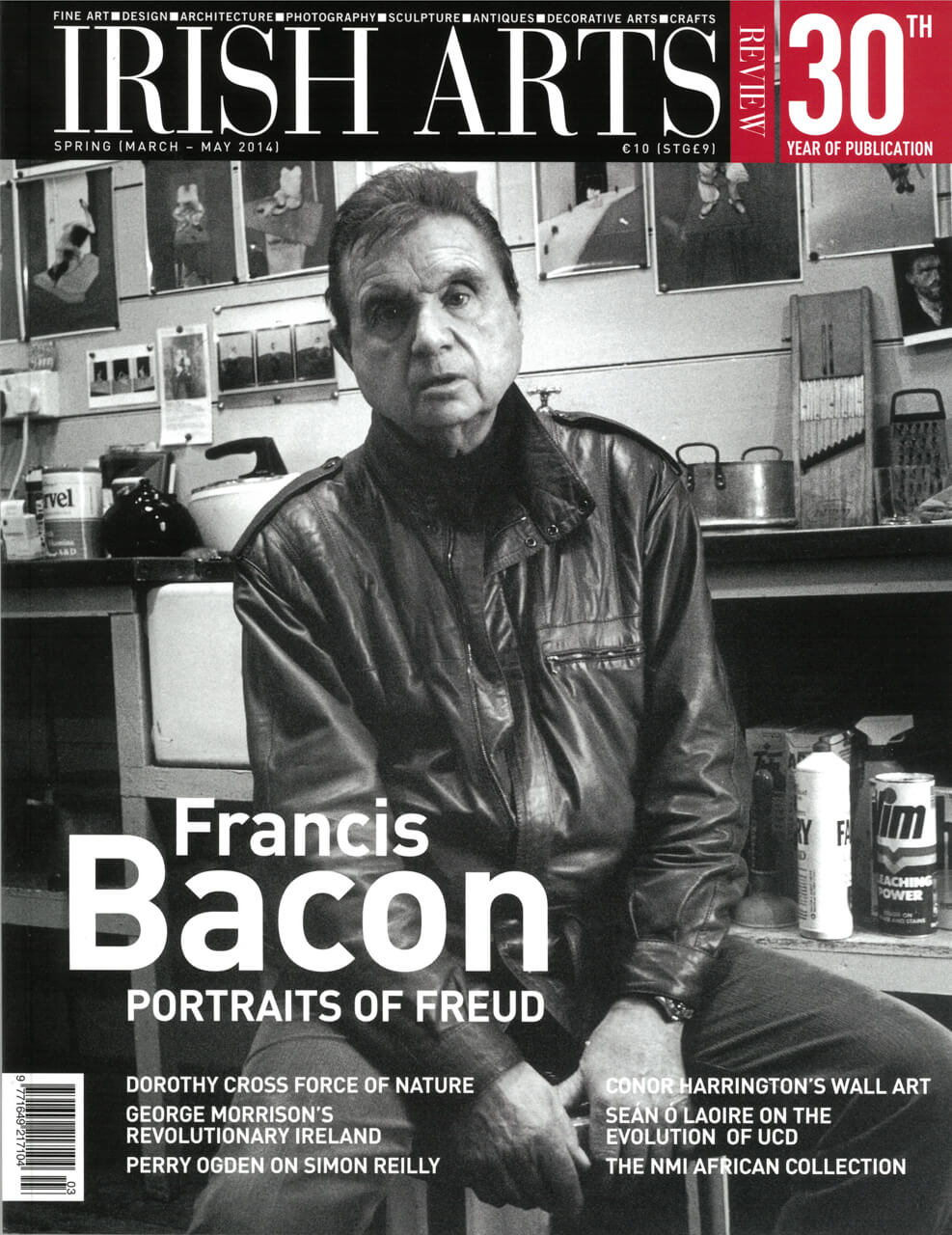
 FERGUS MULLIGAN
FERGUS MULLIGAN
Lilliput Press, 2013
pp 288 30 archival photographs h/b
€25.00 ISBN: 978-1-84351-395-7
Peter Somerville-Large
Fergus Mulligan has written the first full-length biography of Ireland’s great railway engineer whose spider web of more than 800 miles of railway lines opened up the country to profound social and economic change. The son of a tenant farmer, and member of a large family living near Carlow, Dargan received a good education. One of his brothers also became a railway engineer. Work in a surveyor’s office would lead to his vast railway enterprise and the foundation of his fortune. Among the schemes in which he was involved were the drainage of the south Wexford slobs and the transformation of a small fishing village at Bray into a tourist town with a Turkish bath.
After visiting the Great Exhibition in London, Dargan decided to promote a similar exhibition in Dublin. In 1853 a domed glass palace on Leinster Lawn built with money he provided, not only offered a showcase for Irish manufacture, but one third of its area was devoted to art. Old masters and Dutch pictures were exhibited in the Painting and Sculpture Hall, and proved to be immensely popular. The decision to display them was Dargan’s.
Since he left little in the way of journals or personal observation, his ideas are something of a mystery. While there is no record of one of the richest men in Ireland acquiring paintings himself, he seems to have shared the Victorian conviction that art fulfilled an important social need. He was probably influenced in this belief by his friendship with George Mulvany, the architect of many of Dargan’s railway stations, who remodelled Mount Anville, his hilltop home.
The Dublin exhibition might have been a public success, but it cost Dargan £20,000, huge money for the time
It was to Mount Anville that Queen Victoria made her celebrated teatime visit in August 1853. In her diary she wrote: ‘he‚Ķ is touchingly simple and modest. I would have made him a baronet, but he was anxious that it should not be done.‚’ The Dublin exhibition might have been a public success, but it cost Dargan £20,000, huge money for the time. Afterwards a committee was formed to create an industrial college ‘for the instruction of the practical arts of industry to young men of genius, of humble birth or limited means.‚’ However, eventually it was decided that art should reflect Dargan’s achievements rather than industry, and after a decade of difficult planning, the National Gallery was founded instead.
Dargan did not attend the opening on a cold January day in 1864. The crowds had to make do with the frock-coated statue, minus top hat of ‘the man with his hand in his pocket‚’ that still stands outside the Gallery. His finances were chaotic, but he was far from insolvent when he died. In his will he left the Gallery two thousand pounds, twice as much as the annual allowance the government provided to buy paintings. Fergus Mulligan’s research gives a credible account of the life of a modest, self-made entrepreneur who was a hero to the Irish people.
Peter Somerville-Large is author of 1854-2004 The Story of the National Gallery of Ireland



